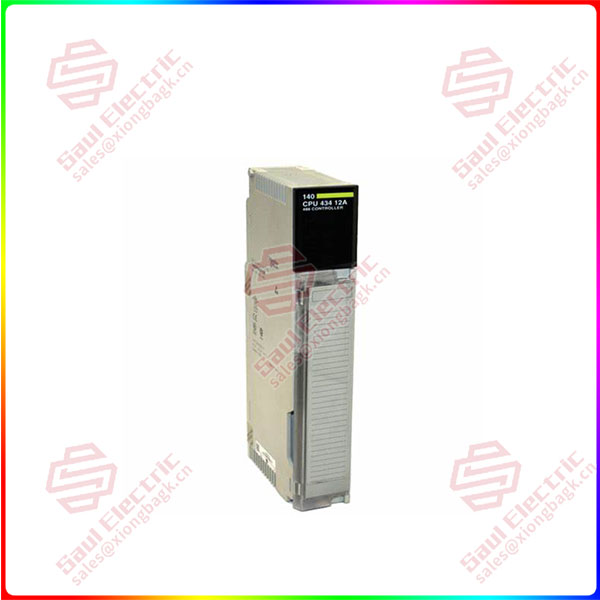As the basis of modern industry, industrial software, especially the industrial design software located in the upstream of the industrial chain, is rarely paid attention to. Where is the “soft spot” of domestic industrial software development? How do you build armor?
01The soft spot of domestic industrial software
The output value of industrial software itself is not high, but its pull on aviation, manufacturing, construction, etc., can produce hundreds of times the effect. In recent years, the concept of intelligent manufacturing and Industry 4.0 has exploded, which is inseparable from more basic industrial software. Tan Jianrong, an academician of the Chinese Academy of Engineering, put it very directly: without strong industrial software, there is no strong manufacturing industry.
Unfortunately, this field has long been monopolized by overseas giants. Taking CAD (computer-aided design) as an example, the top three CAD software markets in China in 2022 have been “rounded” by overseas giants, occupying half of the domestic market, and domestic manufacturers have maintained nearly 20% market share in the past two years. According to the latest data from IDC, Zhongwang ranks fourth in market share and is the leader of local vendors. Haochen, digital generous sixth, seventh; Typical service providers such as Huatian have made achievements in their respective segments.
CAD software is divided into 2D CAD and 3D CAD. The product performance and response speed of domestic 2D CAD has basically caught up with overseas companies, while the 3D CAD field closely related to high-end manufacturing such as aerospace, automobiles and ships is more severe, and the industry generally believes that there is no strength to compete directly with overseas manufacturers, and there are problems such as the lack of key core technologies or dependence on the supply of European and American enterprises.

140CPU43412A
In the view of the industry, the reason why overseas mainstream manufacturers can occupy a long-term dominant position in the competition of 3D CAD is to a large extent, they have mastered one or two kinds of autonomous controllable, functional and market-proven geometric modeling engines through multiple acquisitions as early as the 1990s, and completed the layout of key core technologies.
The geometric modeling engine, also known as the “core” in the industry, is the key core of a mature 3D commercial software, which determines whether a 3D CAD software is good or not. The core technology represented by the kernel is or has become the key chip of industrial software competition, and it is also the “soft underbelly” commonly existed by local manufacturers. It can be said that without the “autonomy” of these core technologies, the “controllable” of domestic industrial software is out of the question.
On the road of “core technology autonomy”, several domestic industrial software manufacturers have their own attempts.
Zhongwang is one of the few domestic CAD manufacturers with independent cores, and the only domestic manufacturer with CAD/CAE/CAM full matrix product system. Early awareness of the importance of “independent kernel”, so learn from the successful experience of overseas manufacturers, while independent research and development, while mergers and acquisitions, to complement the technical shortcomings. In 2002, Zhongwang launched the independently developed CAD platform software Zhongwang CAD, and in 2010 spent tens of millions of dollars to acquire the United States VX company, obtain all its intellectual property rights and 4.5 million lines of source code, along with VX core research and development team also all joined Zhongwang, in their support, the same year Zhongwang launched domestic three-dimensional CAD software. Today, the code size has exceeded 11 million lines, and the pace of inheritance and utilization of VX assets is robust.
But many companies have gone the other way. For example, the new Tiangong CAD actually comes from Siemens Solid Edge, including source code, intellectual property and a complete software test system. However, sources in the industry say that the Solid Edge source code does not include the 3D geometric modeling engine, which was eventually obtained through a license. In the short term, this model helps products quickly enter the market and open up the situation. However, the potential risks are as follows: first, the authorization of the kernel is often limited to the Chinese market, and the product may not be sold overseas; Second, the purchase of source code is equivalent to obtaining an offline version, which will not keep up with the iterative update speed of the original factory, and the high-end development is bound to be limited; Third, the source code of the kernel is in the hands of overseas manufacturers, and there is still a risk of supply interruption in theory.
Haochen Software, the majority of its revenue in 2D products, 3D is rarely involved, they go is the OEM model. The prospectus revealed that its 3D CAD mainly relies on Siemens’ technical component licensing, and the two sides have signed a five-year contract, which will adversely affect sales once the licensing ends. In addition, Haochen also needs to pay Siemens six to seven million yuan a year licensing fees. Considering that Haochen’s net profit in 2022 is only more than 62 million yuan, this means that one-tenth of the company’s net profit must be given to Siemens, which may have an impact on the sustainable development of the enterprise, continuous investment in scientific research, and product pricing strategy.
Domestic manufacturers based on their own advantages and development stages, set foot on a different development path, but in any case, the core technology of autonomy and control is always an inescapable obstacle on the road to break through.
 1 Year Warranty
1 Year Warranty





